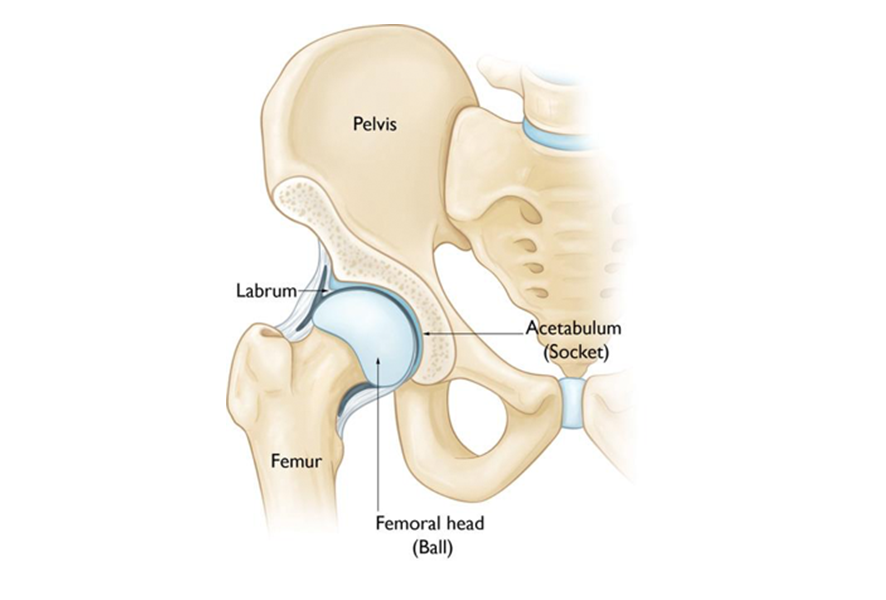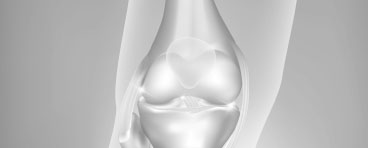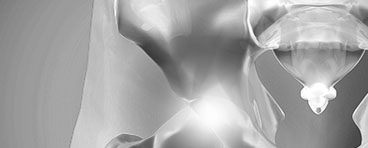Click on the links below to find out more
Hip Arthritis
OVERVIEW
Hip arthritis is a condition where the cartilage of the hip joint wears out, leaving a rough surface which rubs during activity. This leads to inflammation and pain. It has a variety of causes, and gradually worsens over time. If untreated it can cause problems with walking, muscle weakness, stiffness and low back pain.
ANATOMY
The hip is a ball-and-socket joint. The socket is formed by the spherical acetabulum, which is part of the pelvis. The ball is the femoral head, which is the upper end of the femur (thighbone). The acetabulum is ringed by strong cartilage called the labrum. The labrum forms a gasket around the socket, creating a tight seal and helping to provide stability to the joint. In hip arthritis, all these structures degenerate and contribute to the formation of hip pain.
Arthritis
Hip arthritis is the degeneration (wearing out) of the hip joint, with loss of the cartilage which results in pain, stiffness, pain and reduced mobility. Arthritis can cause cysts (holes in the bones), bone spurs (osteophytes), shortening of the leg (due to cartilage and bone loss), and muscle shrinkage and weakness. Arthritis can initially be very mild and symptoms can be very mild, as the hip can slowly wear over many years, similar to tyres on a car. However, often there may be an event or injury which can cause a rapid worsening of symptoms.
Over time, as hip arthritis progresses and the hip becomes stiff, this can place additional stress upon the low back, and can contribute to low back pain and degeneration.
There are a variety of causes of hip arthritis including:
- Childhood hip problems: Hip Dysplasia, Perthes disease, ‘Slipped Hips’ – SUFEs,
- Femoroacetabular Impingement: labral tears, Cam lesions
- Inflammatory conditions such as rhuematoid arthritis and psoriatic arthritis
- Trauma and injuries
- Avascular necrosis
It is important that the cause of your hip arthritis is understood to evaluate the risk to your other hip, and also to potentially counsel other members of your family to their risk of hip disease and prevention strategies.

In a healthy hip, the femoral head fits perfectly into the acetabulum.

Dr David Slattery
FRACS MBBS (Hons) LLB FAOrthA
Dr David Slattery is an orthopaedic surgeon based in Melbourne with over 10 years of experience, with a special focus on hip and knee joint preservation and replacement. With qualifications in both medicine and law, he brings a unique and comprehensive approach to patient care. His surgical techniques are minimally invasive and evidence-based, designed to reduce pain and enhance recovery.
Trained in leading institutions across Europe and the USA, Dr Slattery offers advanced treatments for a wide range of joint conditions. He is deeply committed to patient outcomes and takes pride in tailoring treatment plans to each individual. Whether you’re an athlete or seeking relief from chronic joint pain, his goal is to restore function and improve your quality of life.







